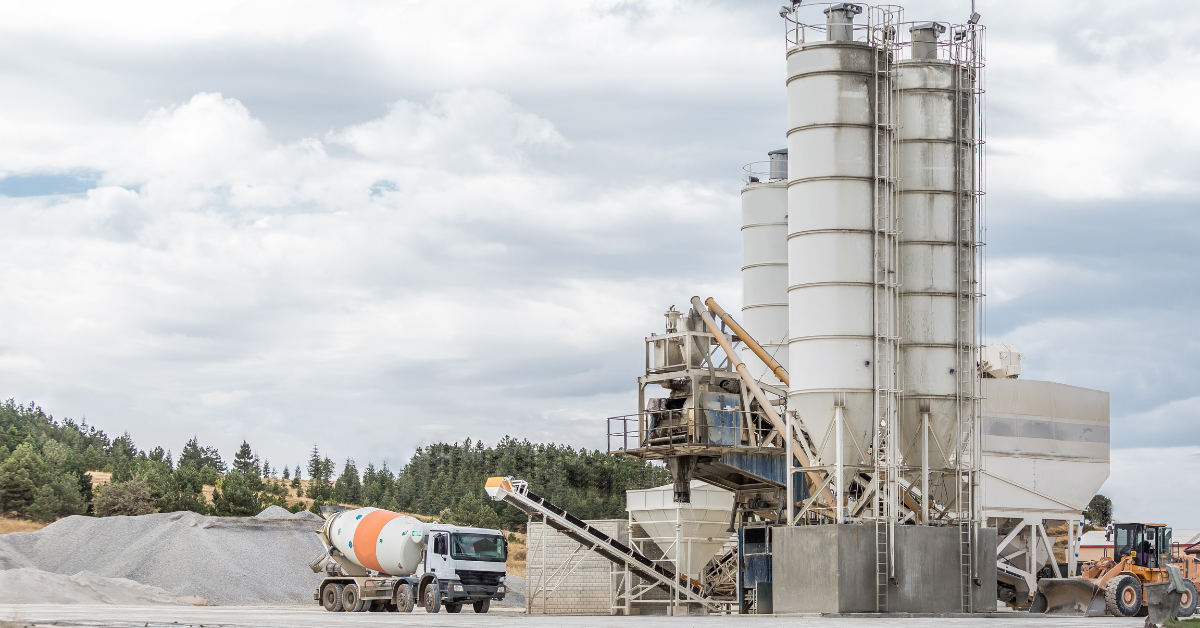The cement industry is a massive producer of CO2, but things are beginning to change. As legislation and public opinion push us more and more toward net zero, how can the cement industry reduce its CO2 emissions?
Watch the video to learn how cement businesses can take advantage of the circular carbon economy.
How has the legislation that has passed in recent years affected the cement industry?
Governments, and society in general, are demanding efforts from the heavy industry for reducing their carbon footprint in the products offered.
For example, in Europe, the Cement Association is working with the European Commission to deliver a clear view and recognition in a circular economy policy.
This has led to an ambitious strategy from the cement industry to diversify their fuel sources, recycle feedstock, water and other utilities, and capture CO2.
What financial and social factors are contributing to pressure in the cement industry to reduce emissions?
Cement is a basic material which is literally the fundaments of our society.
Public awareness and the involvement of younger generations in environmental aspects and carbon intensity is really working out!
The main players in this industry have pledged towards net zero in the next 30 years. It has been recognised that a well organised and informed society demanding action has transcendent results.
Furthermore, financial instruments such as carbon taxes will motivate the industry even more to find ways to optimise, recycle or reduce their CO2 emissions.
Is the cement industry in a good place to start using Carbon Clean’s technology?
Carbon Clean offers the cement industry concepts to decarbonise their assets, to integrate our technology into their process, to find feasible solutions and — very important — through partnerships, guidance towards net zero.
Our vision and understanding of the market allows us to propose an attractive roadmap towards net zero. Moreover, our technology is becoming less and less expensive, which is why we are one of the main players in this sector.
How can cement producers participate in the circular economy?
Cement factories play a crucial role in the circular economy, enabling CO2 as a regional feedstock and to decentralise and decarbonise many of these products. This allows local economies to grow and generate jobs for future generations.
CO2 is a feedstock with multiple applications. It can be utilised for chemicals, fuels, plastics, carbonates, carbonic fertilisation in the agricultural sector and many, many, more! The future CO2 market is expected to be more than USD 1 trillion by 2030.
Storing or utilising carbon, this is the question. However, both concepts complement each other and there is no competition. In the end, it all depends on the infrastructure available, the cycle costs and the imminent opportunity to make this step as soon as possible.
Are you interested in learning how Carbon Clean's revolutionary technology can help hard abate industries, like cement, capture their carbon? Talk with our specialist to learn more!


